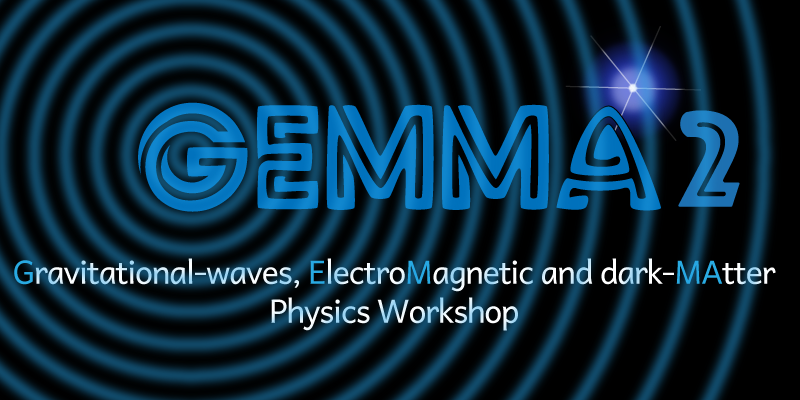Speaker
Description
Dark matter overdensities, called 'spikes', can be present around intermediate-mass black holes [1]. It has been suggested that these can be detected in the GW signal of an intermediate mass ratio inspiral (IMRI) composed of secondary black hole or neutron star orbiting the primary black hole, and interacting with the spike via dynamical friction. However, the standard treatment [2] does not account for the feedback of dynamical friction onto the spike itself --- but energy conservation arguments [3] show that the energy transferred from the binary to the spike is much larger that the binding energy of the spike itself, so cannot be neglected. Thanks to the HaloFeedback code [3], it was found that the spike in fact dramatically depletes, thus reducing the observed effect by orders of magnitude, but still being detectable by LISA. Subsequent N-body simulations [4,5] showed that HaloFeedback is qualitatively correct, but does not correctly capture the precise dynamics of the depletion, in particular due to the neglect of three-body interactions. However, N-body simulations are extremely long to run and are not adapted for data-analysis oriented waveform templates. Here, we present preliminary work on the construction of a simple semianalytical "effective density" model, calibrated on the N-body simulations. This will yield a fast waveform template for circular orbits, which will account for this effect with the correct order of magnitude [contrary to all previous analytical models].
[1] P. Gondolo and J. Silk, Phys.Rev.Lett. 83, 1719 (1999), astro-ph/9906391
[2] K. Eda, Y. Itoh, S. Kuroyanagi, and J. Silk, Phys.Rev.Lett. 110, 221101 (2013), 1301.5971
[3] B. Kavanagh, D. Nichols, G. Bertone, and D. Gaggero, Phys.Rev.D 102, 083006 (2020), 2002.12811
[4] D. Mukherjee, A. Miguel Holgado, G. Ogiya, and H. Trac (2023), arXiv:2312.02275
[5] B. Kavanagh, T. Karydas, G. Bertone, P. Di Cintio and M. Pasquato (2024), 2402.13762

